As a special treat on Halloween, other recent Habitat Steward graduates and I had the honor of visiting the award-winning and very beautiful wildlife habitat of Dale and Pat Bulla here in Austin.
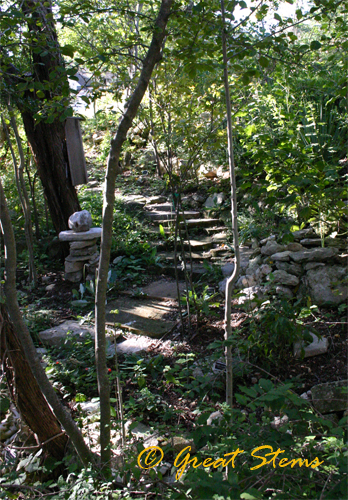 I had heard a lot about their spectacular wildscape, so when our Habitat Steward group was given the opportunity to have a tour, you know I jumped at the chance!
I had heard a lot about their spectacular wildscape, so when our Habitat Steward group was given the opportunity to have a tour, you know I jumped at the chance!
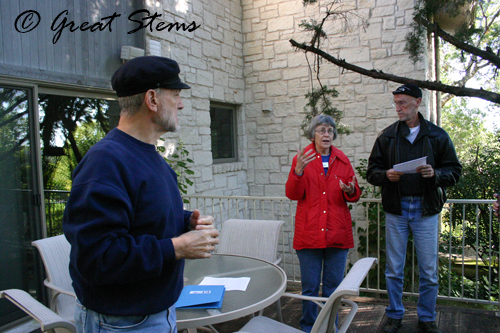 Dale (left) and Pat (center) are also both Habitat Stewards with NWF, and preserving native Texas plant life is exceptionally important to them. They are leaders in conservation efforts in Austin and Texas, and they were a primary force in helping their neighborhood win Austin’s Community Wildlife Habitat challenge in 2008 with the highest number of certified wildlife habitats.
Dale (left) and Pat (center) are also both Habitat Stewards with NWF, and preserving native Texas plant life is exceptionally important to them. They are leaders in conservation efforts in Austin and Texas, and they were a primary force in helping their neighborhood win Austin’s Community Wildlife Habitat challenge in 2008 with the highest number of certified wildlife habitats.
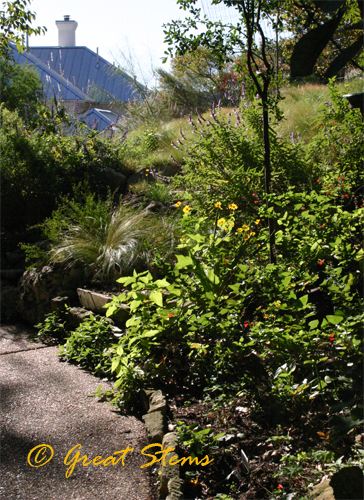 Pat and Dale have lived on their property since 1998, building their home on a rocky limestone slope overlooking the Balcones Canyonland Preserves. Their efforts to create a natural landscape since then have paid off — paths of natural materials such as mulch, rock, and cedar lead visitors through peaceful woods and past pocket seeps.
Pat and Dale have lived on their property since 1998, building their home on a rocky limestone slope overlooking the Balcones Canyonland Preserves. Their efforts to create a natural landscape since then have paid off — paths of natural materials such as mulch, rock, and cedar lead visitors through peaceful woods and past pocket seeps.
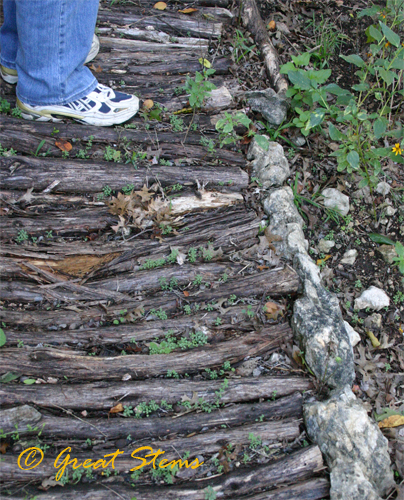 Many of the plants were placed there by the Bullas, but many more were delivered by birds and other creatures. The result is a wonderland of native Texas species.
Many of the plants were placed there by the Bullas, but many more were delivered by birds and other creatures. The result is a wonderland of native Texas species.
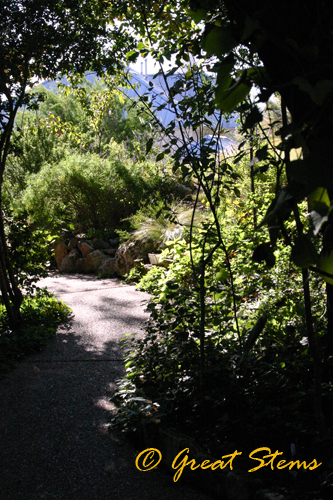
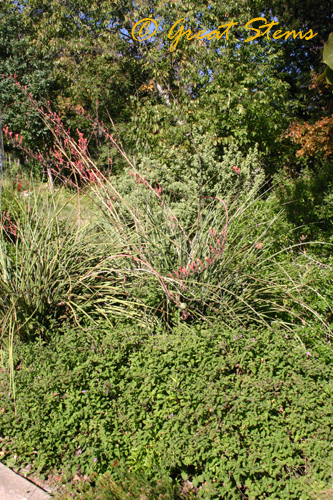
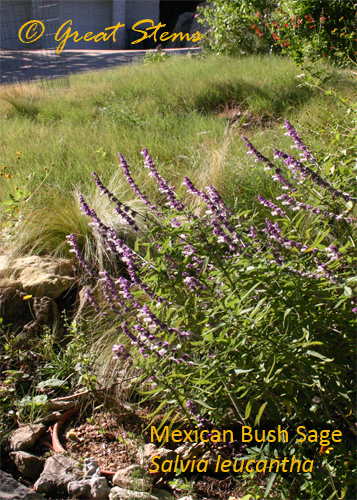
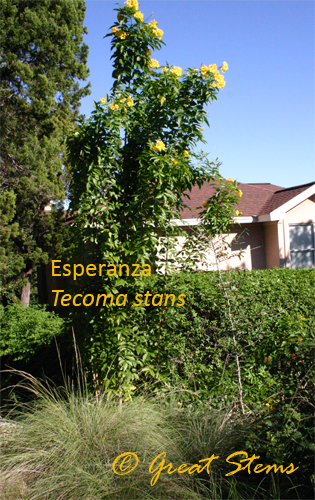 Pat told me that the plants on their property are about 95% native, with the remaining being well adapted plants such as rosemary and winter-blooming germander.
Pat told me that the plants on their property are about 95% native, with the remaining being well adapted plants such as rosemary and winter-blooming germander.
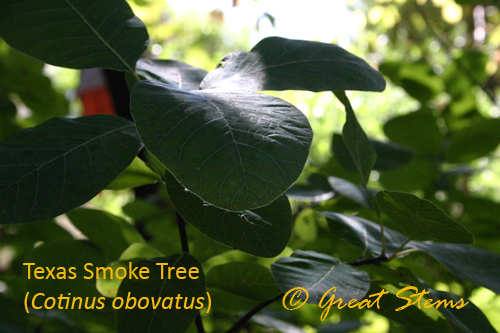
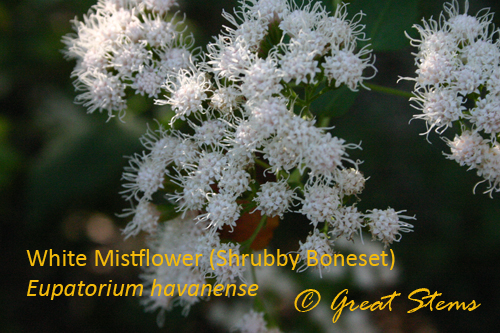
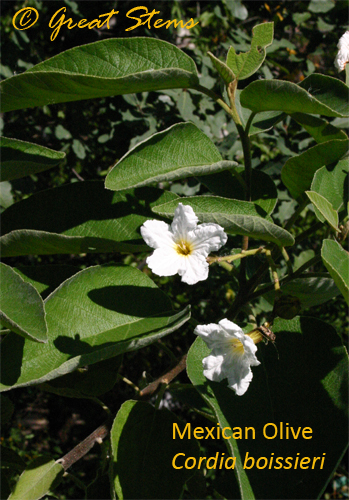
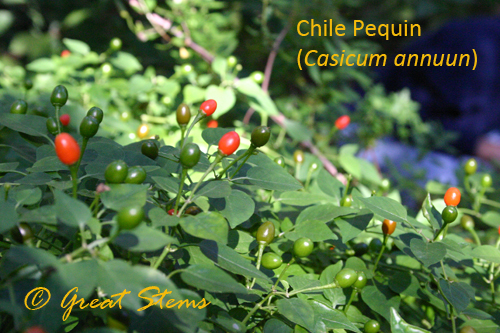
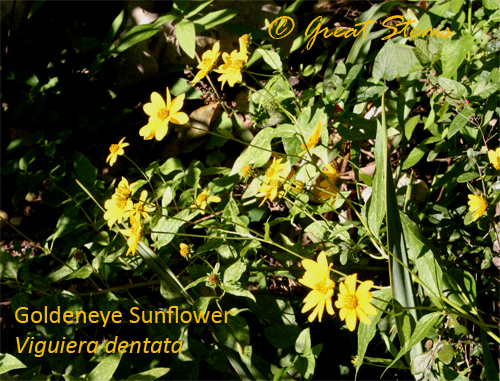
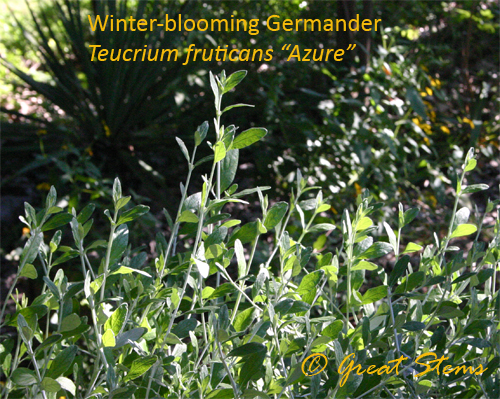
It being the end of October, we were able to see many species just beginning their fall fruit or fall color stages.
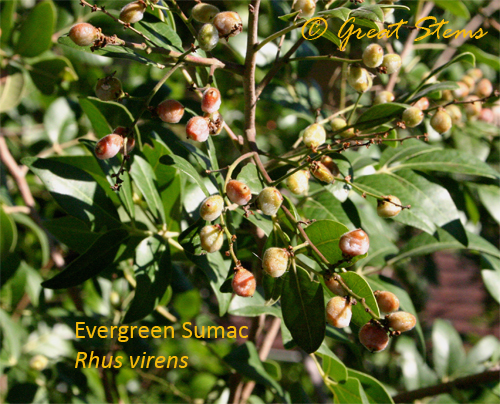
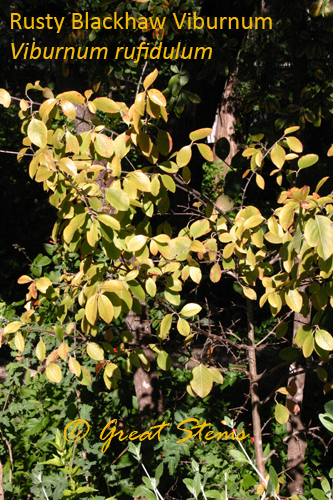
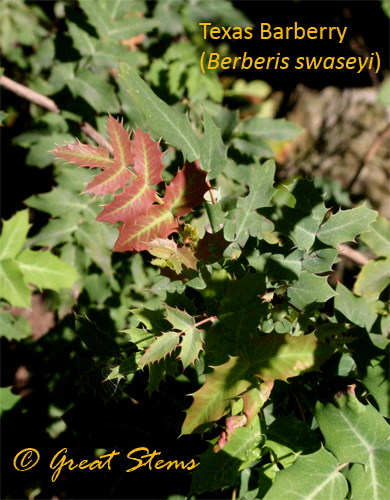
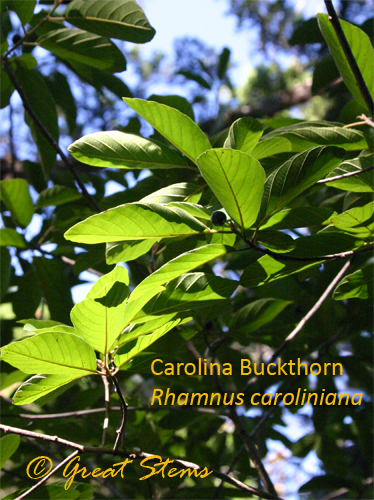
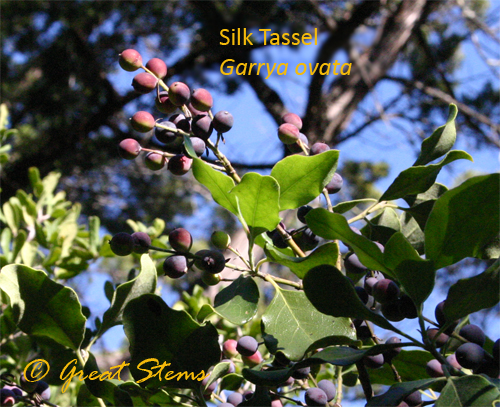 As we toured the Bulla wildscape, Dale and Pat identified many of their favorite trees, shrubs, and perennials, sometimes sharing stories about certain plants. We tasted the leaves of a Toothache Tree (Zanthoxylum hirsutum), and after a couple of minutes I felt my gums tingle, as if they were going numb. I want one of these trees for the pure fun of it.
As we toured the Bulla wildscape, Dale and Pat identified many of their favorite trees, shrubs, and perennials, sometimes sharing stories about certain plants. We tasted the leaves of a Toothache Tree (Zanthoxylum hirsutum), and after a couple of minutes I felt my gums tingle, as if they were going numb. I want one of these trees for the pure fun of it.
The Bullas are fortunate to have many rare or unusual plants, such as the Lindheimer’s Crown-Beard (Verbesina lindheimeri), a plant so rare and special that the Wildflower Center collected seeds from the Bulla plants and sent them to the Millennium Seed Bank in London. Other plants, not necessarily considered rare, can still quite difficult to find in nurseries.
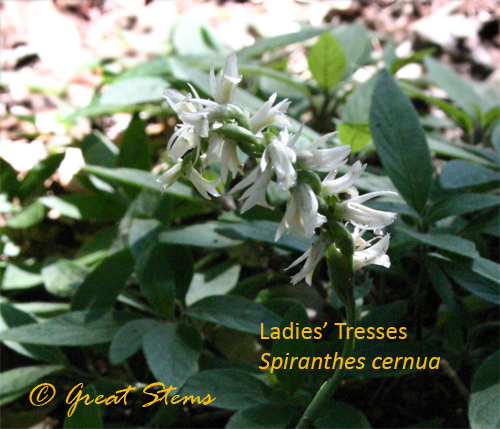
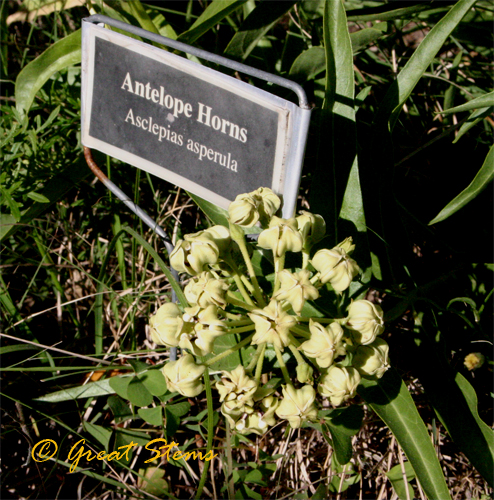
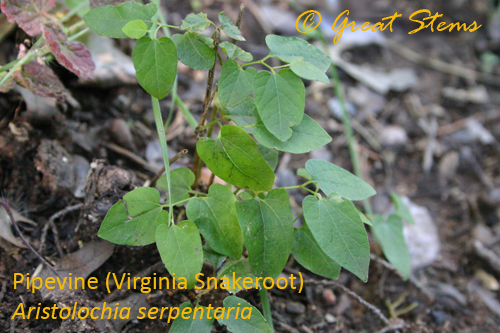
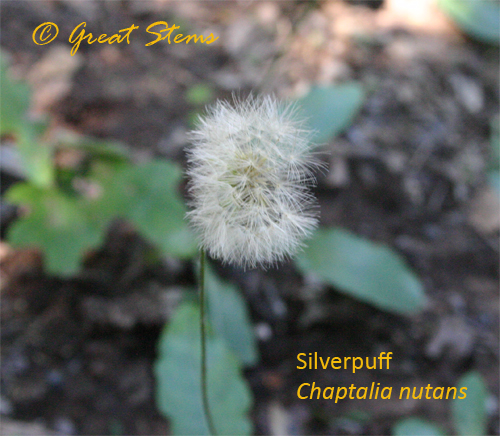
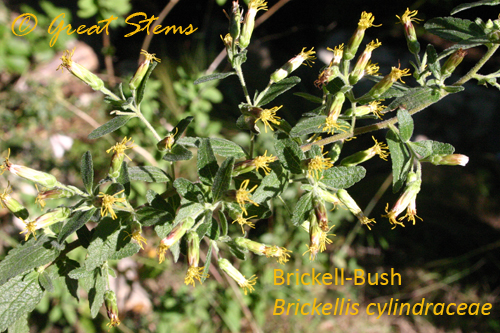 The Bullas study the soil, light, and water conditions of their property in order to best place plants. With a combination of rocky slopes, natural seeps, sun, shade, woods, and open areas all on their property, it seemed to me that they had an advantage in being able to plant a little bit of everything!
The Bullas study the soil, light, and water conditions of their property in order to best place plants. With a combination of rocky slopes, natural seeps, sun, shade, woods, and open areas all on their property, it seemed to me that they had an advantage in being able to plant a little bit of everything!
Bluebonnet seedlings, Tropical Sage, Little Bluestem, and other plants were interspersed in the Buffalo grass of the Bullas’ front yard mini-prairie.
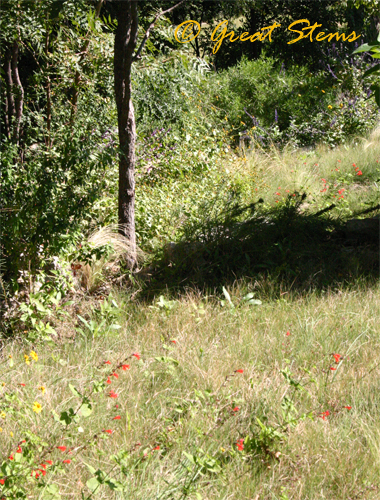
Amazingly, the habitat is home to six different kinds of native Texas passionflower vines.
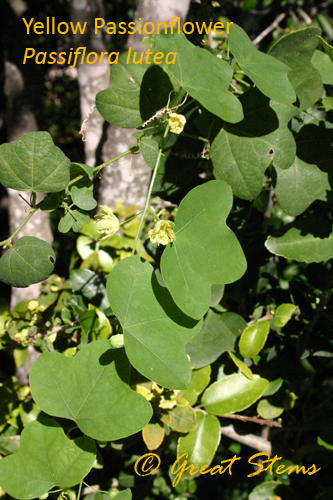
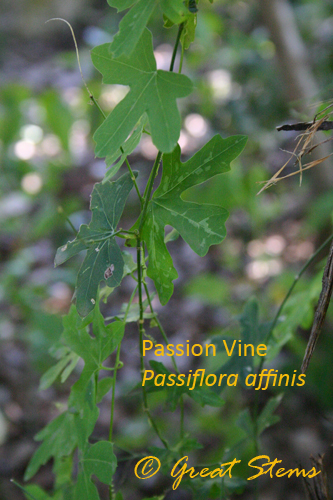
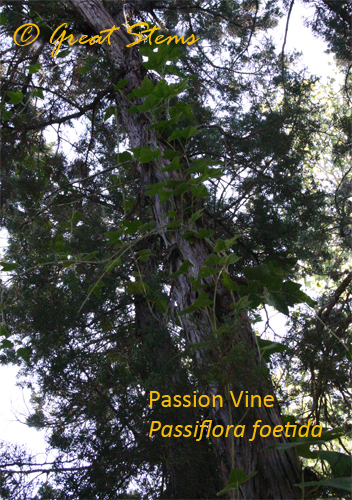
The Bullas have a knack for creating functional habitat features that blend in with the natural setting, including a manmade seep-like water source, beebox (with nesting holes for solitary bees), and rock man.
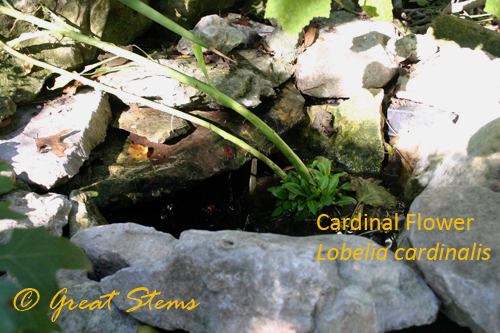
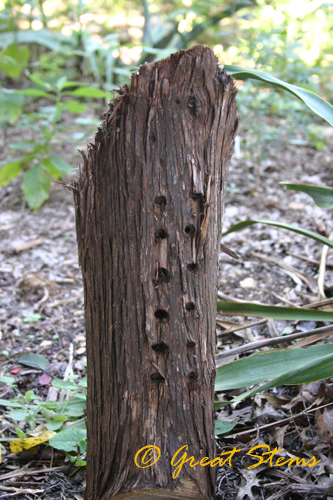
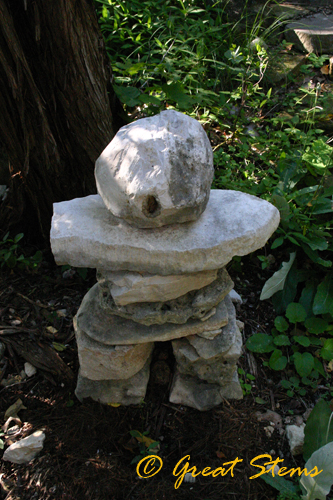
Dale and Pat’s home serves as an example to others about how to minimize their carbon footprint. Not only is their carbon footprint exceptionally low due to natural paths, water collection systems, zero lawn, and minimal water usage, the Bullas also use solar panels that produce enough electricity to actually return some back to the city.
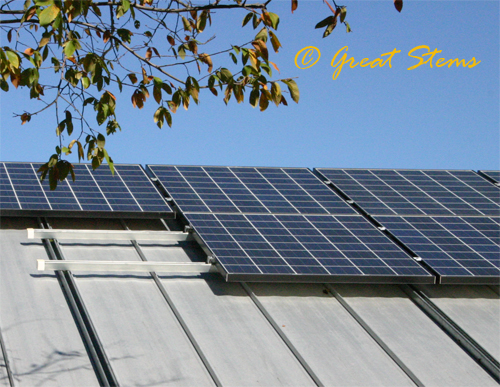 And of course, the wildlife love the Bullas’ habitat, too. Unfortunately for the Bullas, however, this includes destructive feral hogs that visit the property from the BCP during the night, occasionally tearing up pathways and plants while looking for grubs, roots, and tasty vegetation. Deer prevent Dale and Pat from planting certain delectable species and veggies, too. But birds, butterflies, lizards, and other creatures call the Bullas’ habitat home. We enjoyed watching the Queens and Monarchs fluttering about, but I was truly mesmerized by this Buckeye. I have yet to see a Buckeye in my yard!
And of course, the wildlife love the Bullas’ habitat, too. Unfortunately for the Bullas, however, this includes destructive feral hogs that visit the property from the BCP during the night, occasionally tearing up pathways and plants while looking for grubs, roots, and tasty vegetation. Deer prevent Dale and Pat from planting certain delectable species and veggies, too. But birds, butterflies, lizards, and other creatures call the Bullas’ habitat home. We enjoyed watching the Queens and Monarchs fluttering about, but I was truly mesmerized by this Buckeye. I have yet to see a Buckeye in my yard!
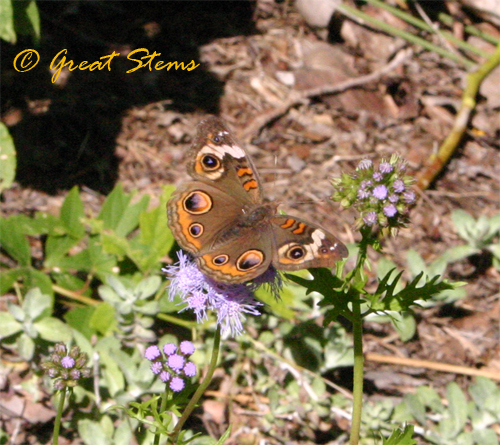 It’s no wonder the Bullas’ habitat is designated as a Green Garden by the City of Austin. An award well deserved!
It’s no wonder the Bullas’ habitat is designated as a Green Garden by the City of Austin. An award well deserved!
What a treat! Thank you for letting us tag along.
Meredith,
Wonderful posting! The photos and tour delightful and inspiring. We just joined the local watershed association, looks like a lot of fun and we’ll be helping with habitat restoration.
Thanks, Nell Jean and Randy!
Randy, habitat work is very rewarding — keep us posted on what you do!
Great post! I love that ‘Ladies Tresses’ and I love that stick walkway. What an idea!
Beautiful pics of a lovely native garden, Meredith. Thanks for sharing your visit with us.
But, ugh, are feral hogs in Austin now? As if the deer weren’t bad enough.
They are, Pam. Balcones Canyonland Preserve is having a real problem, and it affects the nearby residences. Other Austin areas have them, too (San Antonio and Elgin as well), and the drought certainly encouraged the hogs to enter neighborhoods. They can really tear up a yard, including fences, causing thousands of dollars of damage just on one property. The main issues are that they reproduce rapidly with up to 10 hogs per litter, and they have no real predator other than man. I’m not sure the coyotes even mess with them. And they travel in family groups, so damage is quick and certain if they are around.
Thanks for the tour. It looks fascinating. But, feral hogs…yikes. Hope they don’t find their way here. The deer are bad enough.
Great post Merideth I voted for it on Blotanicals. Super informative and terrific photos. They have done a marvelous job with that garden to be sure. I liked the stick path they built I wish I could do that here but it would be a soggy mess within the year.
Lovely garden and interesting post. i especially like the tree shots at the beginning.
Your pictures were exceptional. Are you ready to move to the country yet? Good fences keep bad hogs out. As an invasive species they are one of the worst. There was an article in the Williamson Co. Sun about them in a west Georgetown suburb. They can root up an entire yard in one night. And the more you water it, the more they like it. You know what they say, “If a sow has 10 piglets, only 13 will survive.”
I didn’t realize Georgetown was also having a problem. The potential for feral hogs to become a fast major issue is there — we’re in big trouble if they reach the population size of our urban deer population. “If a sow has 10 piglets, only 13 will survive” — too funny, Bob!
What a lovely experience. I had some Germander for several years–and loved it. I need to replace it again. We have feral hogs here in R.R. too.
What a wonderful tour you’ve given us. I think you should be the Bulla’s official photographer. Luv how you labeled all the plant photos, making it easy for us to read. The Toothache Plant, now that’s a plant I’d also like to have.